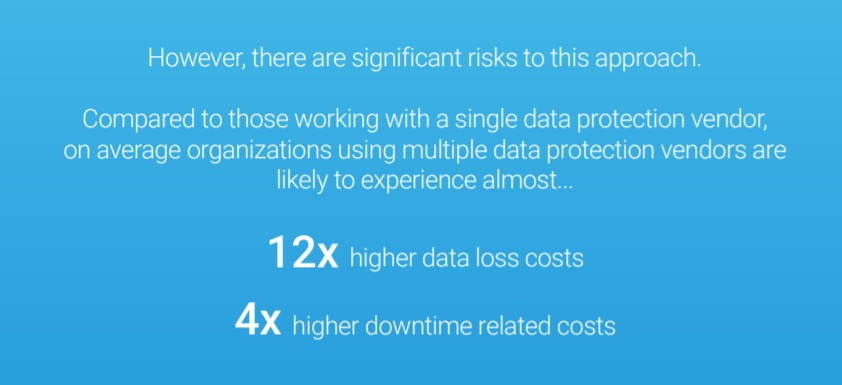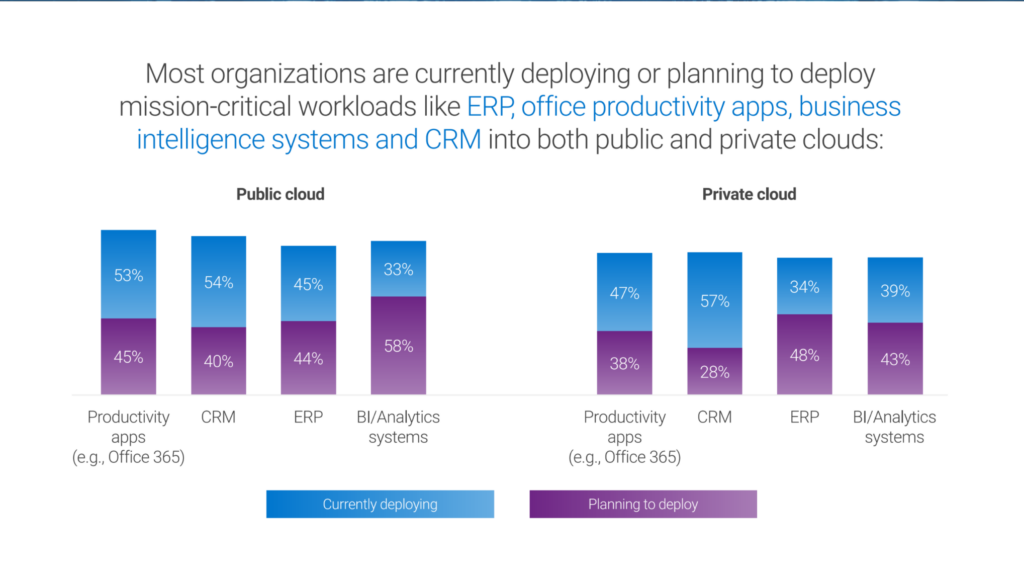
Dell Technologies Global Data Protection Index 2020 Snapshot shares key challenges in data protection readiness for Asia Pacific companies
The ongoing COVID-19 pandemic is fundamentally changing the way organisations work with an increasing reliance on remote work practices and with it a growing emphasis on secure access to data along with the need to manage and protect that data from misuse. Organisations are scrambling to adapt to this new normal that has only been exacerbated with the onset of the pandemic.
The Dell Technologies Global Protection Index 2020 Snapshot that was recently released a few weeks ago shares key insights that are affecting data protection readiness in the Asia Pacific region today and surveys 1,000 IT decision makers from both public and private enterprises across 15 countries with over 250 employees.
Out of the total, over a quarter of surveyed organisations were from the Asia Pacific region including Australia, India, Japan, Malaysia, Singapore and South Korea but does not include China. The Snapshot acts as a complement to the biennial and more comprehensive Global Data Protection Index from last year.
The report and snapshot itself is a bit on the wordy side but reveals that organisations in the Asia Pacific region are managing six times more data – 13.3 petabytes of data on average than they were a year ago, which is a 64% increase from the average of 8.13PB in 2018. The trouble though is that with all that data, respondents haven’t quite figured out their next steps in securing it as the majority of respondents (77%) reported that their current data protection solutions will not meet all of their future business needs.
On the bright side, the number of organisations that see their data as valuable and are currently deriving value or are planning to in their data roadmaps is up by a modest margin at 75% in 2019, up from 74% in 2018.
Naturally, the increase in the breadth, depth and volume of such data introduces its own set of challenges in ensuring consistent, stable access to it. In the Snapshot, 84% of surveyed organisations suffered a disruptive event in the last 12 months such as unforeseen downtime or outright data loss. 70% of those surveyed fear that their organisations will experience a disruptive event in the next 12 months.
An even more interesting finding is that organisations that rely on multiple vendors for data protection are also four times more vulnerable to a cyber incident that prevents them from gaining access to their own data. Of those surveyed, 42% of respondents were using two or more vendors while only a scant 11% relied solely on one vendor. Still, with ever slimming IT budgets, many organisations are still adhering to the idea with over 83% of organisations using data protection solutions from two or more providers.

The price of downtime however remains incredibly painful. The average downtime cost is estimated at US$794,308 in 2019 which is a surge up of 61% from US$494,869 in 2018. The cost of data loss is equally staggering with an estimated US$1,301,524 in 2019 versus US$939,703 in 2018. For organisations that rely on more than one data protection vendor, their downtime and data loss costs skyrocket – with an average of nearly 4 times higher downtime related costs and 12 times higher data loss costs.
A silver lining with cloud migration
Everything isn’t doom and gloom however as organisations are also reporting that they’re harnessing a host of emergent technologies to manage risks and derive better business outcomes.
According to the Snapshot, almost all respondents in the APJ region made an investment to some degree in new or emerging technologies with the top 5 being cloud-native applications (64%); software-as-a-service (SaaS) applications (58%); artificial intelligence (AI) and machine learning (ML) (50%); 5G and cloud edge infrastructure (49%); and Internet of Things/end point (45%).
Businesses are also looking towards a more diversified approach to hedge their risks by using containers as well as cloud-native and SaaS applications for new business applications and to protect workloads. The findings show that APJ respondents’ organisations prefer public cloud/SaaS (46%), hybrid cloud (38%) and private cloud (36%) as deployment environments for newer applications such as these.

Respondents also said that they preferred cloud-based backups, with 60% preferring private cloud and 59% public cloud to manage and protect data created in edge locations.
“These findings prove that data protection needs to be central to a company’s business strategy,” said Beth Phalen, president, Dell Technologies Data Protection. “As the data landscape grows more complex, organisations need nimble, sustainable data protection strategies that can scale in a multi-platform, multi-cloud world.”
For deeper insight and to read the Dell Technologies Global Data Protection Index 2020 Snapshot in more comprehensive detail, swing by their official page at https://www.delltechnologies.com/en-my/data-protection/gdpi/index.htm#gdpi_2020

0 Comments